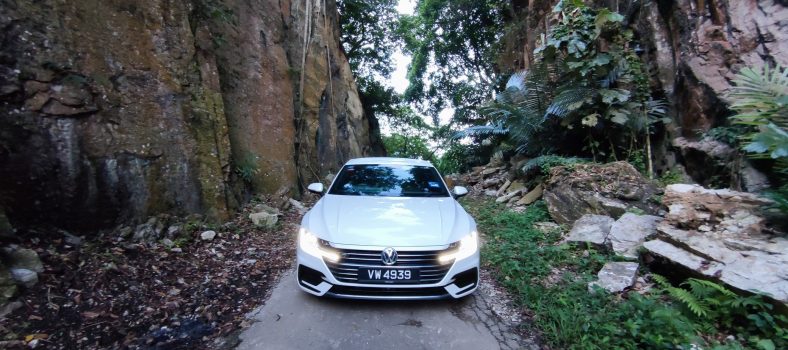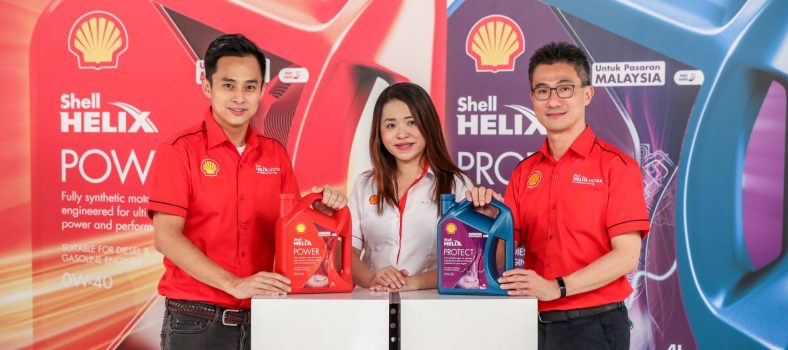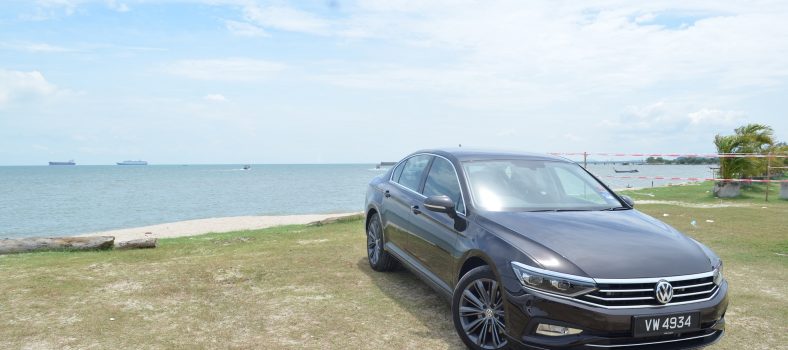.
So your company just hit it big! You’ve managed to strike a windfall for your company and the cashflow of the company has never been better. Looks like you’re able to buy a brand new car for Raya after all. And if you’re the sole proprietor of your company, you might be in a position wondering about this; should I declare a self bonus where I channel the money to myself or purchase the vehicle under company assets? And if you don’t have the services of an accountant, you might find the following information useful.
.
Private registration is simple. You purchase the vehicle in your own capacity, price is usually cheaper than company registration and aside from the owner, you would have to register individuals who are authorized to drive the car with the insurance company, failing which in the event of an accident, the insurance company may exercise its right not to pay for damages. You gain no tax benefits for purchasing a vehicle (if anything, the opposite is true where you might attract the tax revenue department if you’ve bought something that appears to be above your means).
.
Company registration on the other hand is a bit more complicated. The vehicle is viewed as a depreciating asset and you can declare the depreciation amount as Capital Allowance (CA) which is the sum of money you can deduct from your company’s income statement which, in turn allows you stick your tongue out at the income tax officers when they come around collecting money from you (just make sure all your papers are in order)
.
As of 28 Oct 2000, the Capital Allowance schedule is as follows:-
.
- New vehicle AND priced between RM100,000 to RM150,000 = Capital Allowance RM100,000
- 2nd hand vehicle OR priced above RM150,000 OR priced below RM100,000 = Capital Allowance RM50,000
- The first year deduction is 40% of Capital Allowance (meaning you can knock off RM40,000 from the income sheet if your vehicle qualifies for the RM100k CA)) followed by 20% the following 3 years until nothing remains.
.
In other words, if you buy a car with a value of RM50,000 or less (be it new or 2nd hand), the entire cost of the vehicle can be considered as CA and if you’re going to go above RM150,000, the sky is the limit. This CA thingy is also the reason why many Japnese D-segment low to mid spec models are priced near that region (what? You think market forces created an equilibrium that’s so coincidentally ngam-ngam at the CA limit?)
.
But that’s not all. In my last job, I was given a company car and I was surprised to see an item called Benefits In Kind (BIK) registered on my EA form. Essentially, any vehicle provided by the employer for the personal use or enjoyment by the employee is considered as BIK. I argued that the company car was provided to me for sales visits and I had another vehicle at home for personal use – until I was told that if I drive the vehicle home, it’s considered as personal use. And the amount is not small. This is significant because for those who doesn’t earn that much as a sales/front line personnel, the few extra thousand in the EA could potentially push them into another income bracket with a higher taxation rate, and you don’t really have cash to show for it.
.
So, before the company buys you a brand new Toyota Vios as a reward for your sales performance, you might want to know how the BIK is being calculated. The Inland Revenue of Malaysia (or LHDN in Malay) allows you 2 ways to calculate BIK:-
.
- A predetermined value by LHDN
- A formula by LHDN based on 8 years of average lifespan of a typical company vehicle
| Cost of vehicle (RM) | Annual BIK (RM) |
| Up to 50k | 1,200 |
| 50k – 75k | 2,400 |
| 75k – 100k | 3,600 |
| 100k – 150k | 5,000 |
| 150k – 200k | 7,000 |
| 200k – 250k | 9,000 |
| 250k – 350k | 15,000 |
| 350k – 500k | 21,250 |
| Above 500k | 25,000 |
Note the next price bracket in the table above starts at XXX,XX1. For example 150k – 200k should be read as 150,001 – 200,000 and so on.
.
Formula by LHDN
Value of vehicle divided by 8 years multiplied by 80% (the 80% is derived from LHDN’s conclusion that the vehicle is only worth 20% of its original purchase value at the end of 8 years; Meaning 80% of the vehicle’s value is assigned to the employee)
.
.
You can choose either one to follow so the most obvious choice would be to pick the lower value answer. So which one to pick? Let’s take the Honda Accord 2.0 VTi-L which has a price tag of RM149,815.30 OTR with insurance (arguably one of the most popular model for a company car since it’s the closest to the CA limit and is better specced against arch-rival Toyota Camry which, for the same amount only lets you buy the basic spec 2.0E).
.
Predetermined value (bracket RM100,001 – RM150,000) = RM5,000
Add fuel charges per annum (yes, petrol for company car is considered as BIK) = RM6,000 (report actual amount so a petrol card to go with the company car makes fuel cost tracking a lot easier)
Total BIK = RM11,000
Now factor in your tax tax rate (assume maximum 26%) : RM11,000 x 26%
Total BIK in EA form = RM2,860
.
Formula is calculated as follows:-
RM149,815.30/8 years x 80% = RM14,981.53
Add fuel charges per annum = RM6,000
Total BIK = RM20,981.53
Tax rate = RM20,981.53 x 26%
Total BIK in EA = RM5,455.20
.
The most obvious choice would be the Predetermined Value method in calculating BIK. Do note that regardless whichever you choose, you have to apply the same method consistently across all other company cars. If you’re the employer and you purchase 1 vehicle to be shared equally between 2 staffs, then the BIK value per staff needs to be adjusted accordingly. The best thing about company cars is that the maintenance cost of the vehicle including its annual road tax and insurance is fully borne by the company.
.
So before you consider the glamor of driving a new, company-paid vehicle, do consult your accountant or calculator. Worse case scenario, you park the car in the office after work and make sure you have a system that can prove this is the case to your friendly neighbourhood tax collection officer when they come visiting. So if you’re a technician or an engineer and the company provides a after sales support vehicle that you’re not allowed to take home, be thankful to your boss; he’s saving you the pain of paying more taxes!
.
.
.




No Comment